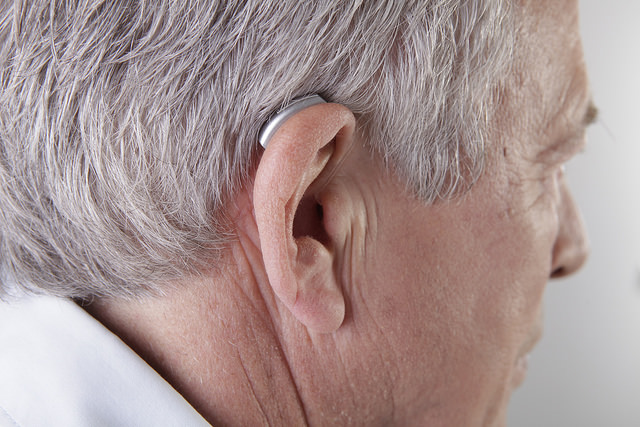Ear infection and earaches are most common in children, but adults contract them too and face other ear-related problems, although not as often. If you suffer from ear problems, you must visit an ear specialist clinic to consult an ENT specialist and treat your ailment. The doctor would examine the ear thoroughly by using some instruments like the otoscope, a lighted tool to see inside the ear to understand the problem and diagnose it correctly. The same instrument is useful to examine the throat and nose, which are within the doctor’s purview of treatment. If along with ear pain, you experience fever, sore throat, or stuffy nose, then these are signs of ear infection.
Signs of infection
If the eardrum becomes red and tends to bulge, it is a sign of fluid accumulation behind the eardrum, which could be pus or some lighter fluid. The fluid accumulates in the middle ear just behind the eardrum and leads to otitis, a condition of inflammation of the middle ear. The otoscope has a puffer attached to it, which blows air into the eardrum to see if it is moving. If there is a fluid accumulation, the eardrum will remain fixed as it will not be able to move back and forth. The doctor might also use a tympanometer to examine the ear. The instrument uses air and sound to check for fluid accumulation behind the eardrum.
Additional tests
Detecting ear problems and its diagnosis is not always easy by examining the ear with an otoscope, and the doctor might conduct some further tests to be sure about the issue. It can become necessary if the patient does not respond to the first line of treatment.
Tympanometry
The test helps to measure how much the ear moves by using an instrument known as a tympanometer. The instrument seals the ear canal and applies controlled air pressure into the canal to make the eardrum move. It helps to measure the extent of movement of the eardrum that indicates the pressure exerted on the middle ear.
Tympanocentesis
If it requires draining the collected fluid from the eardrum, the doctor uses a procedure called tympanocentesis by using a slender and tiny tube to drain the fluid. The fluid is sent for pathological examination to detect viruses and bacteria. The test would be necessary only if the earlier treatment does not work.
Acoustic reflectometry
This is another indirect method to ascertain the amount of fluid collected behind the eardrum. The test comprises sending a sound into the eardrum to see how much of it reflects back. A healthy eardrum absorbs the total sound, but if there is an infection, then instead of absorbing the sound, the eardrum would reflect it due to the pressure exerted by the fluid on the eardrum.
If you suspect an ear infection, you must wait and see because, in many cases, the infection cures on its own within the first few days. If it persists, the doctor might prescribe antibiotics to start the treatment. Visit an ENT Doctor today!
